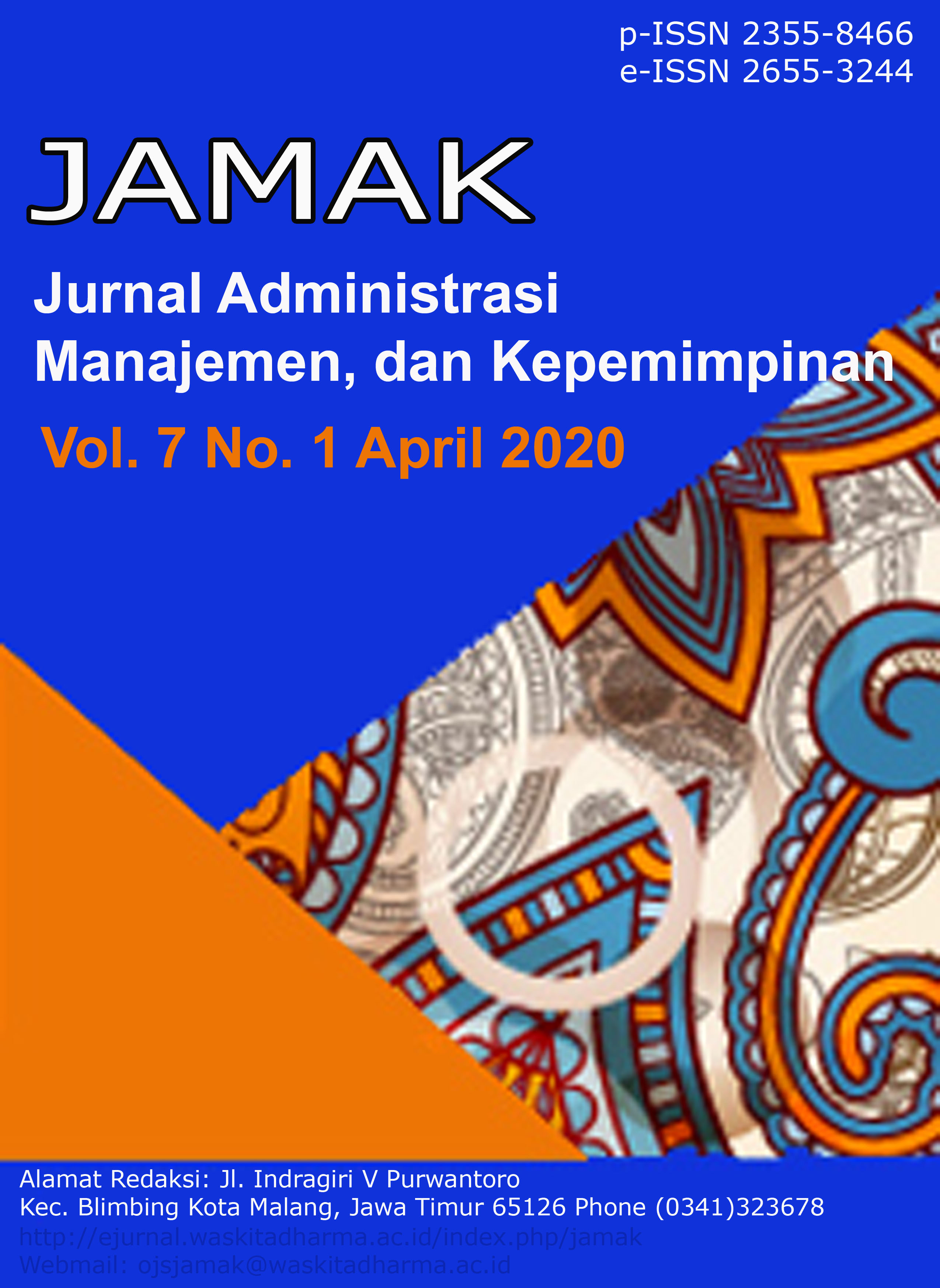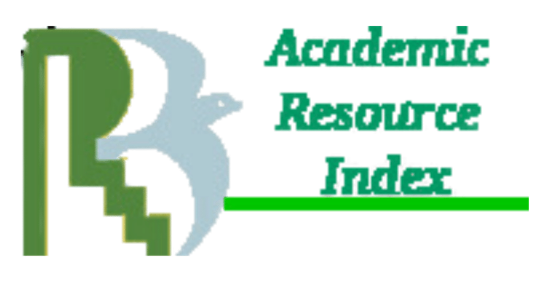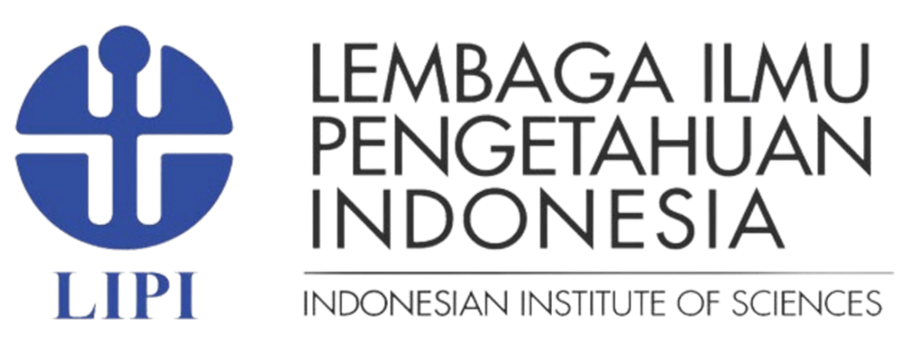Corruption Behavior In Bureaucracy
Corruption Perception Index, Corruption Eradication
Abstract
The term corruption has gained the attention of nearly all countries of the third millennium. The corruption phenomenon has affected economic performances of many nations, especially developing countries. Various studies about the effects of corruption highlight the harmful impact on growth (Klitgaard, 1988; Shleifer and Vishny, 1993; Mauro, 1995; Bardhan, 1997). Studies by the World Bank (2005) identified corruption as one of the main obstacles to socio-economic development for the poor. Transparency International has published data about the level of corruption in the form of Corruption Perception Index (CPI) since 1995. Transparency International 2003 report remarks that "nine out of ten developing countries in need of immediate support to contest against corruption" (TI, 2003:2 ). This paper aims to provide an overview of the theoretical and practical studies in relation to corruption with an outlook that highlights the causes of corruption, its impact on growth and the factors that can explain the impact on the individual and the state. The first section provides brief survey on the concept of corruption. The second section discusses the effects of corruption by sifting through their effect on growth (national level), efficiency (sectorial level) and the distribution of income (the individual level). The third section discusses the factors behind the various cases of corruption and the fourth section provides picture of Indonesia Policy on Corruption Eradication Commission and its performance.














